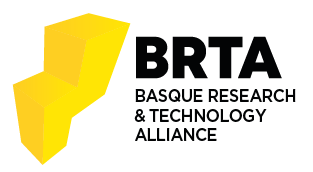Enhancing Mobile Robot Surveillance in Restricted Areas: An Optimal Visual Perception Methodology For Preventive Security
Egileak: Unai Elordi Hidalgo Miguel Ortiz Huamani
Data: 17.09.2024
Abstract
The recent advances in mobile robot surveillance have significantly enhanced supervision tasks. Unlike traditional CCTV systems, these robots improve patrolling capabilities, ensuring higher area coverage for situational awareness. Leveraging AI and Convolutional Neural Networks (CNN), these robots demonstrate enhanced visual perception for situational awareness. However, the complexity of deploying multiple, task-specific CNNs poses significant computational challenges, especially due to the robots’ limited hardware capacity. Additionally, defining an optimal supervision strategy is challenging. While existing literature faces these challenges through anomaly and scene change detection (SCD), this paper proposes a novel visual perception methodology for executing at the edge hardware. This approach defines an optimal scheduling method for detecting unauthorized human and vehicle access, potential physical access threat analysis, and scene change detection (SCD). Experimental results validate the methodology’s effectiveness in improving preventive security in restricted zones.
BIB_text
title = {Enhancing Mobile Robot Surveillance in Restricted Areas: An Optimal Visual Perception Methodology For Preventive Security},
pages = {1320604},
keywds = {
Artificial Intelligence; Supervision and Security; Visual Perception
}
abstract = {
The recent advances in mobile robot surveillance have significantly enhanced supervision tasks. Unlike traditional CCTV systems, these robots improve patrolling capabilities, ensuring higher area coverage for situational awareness. Leveraging AI and Convolutional Neural Networks (CNN), these robots demonstrate enhanced visual perception for situational awareness. However, the complexity of deploying multiple, task-specific CNNs poses significant computational challenges, especially due to the robots’ limited hardware capacity. Additionally, defining an optimal supervision strategy is challenging. While existing literature faces these challenges through anomaly and scene change detection (SCD), this paper proposes a novel visual perception methodology for executing at the edge hardware. This approach defines an optimal scheduling method for detecting unauthorized human and vehicle access, potential physical access threat analysis, and scene change detection (SCD). Experimental results validate the methodology’s effectiveness in improving preventive security in restricted zones.
}
isbn = {978-151068120-0},
date = {2024-09-17},
}







